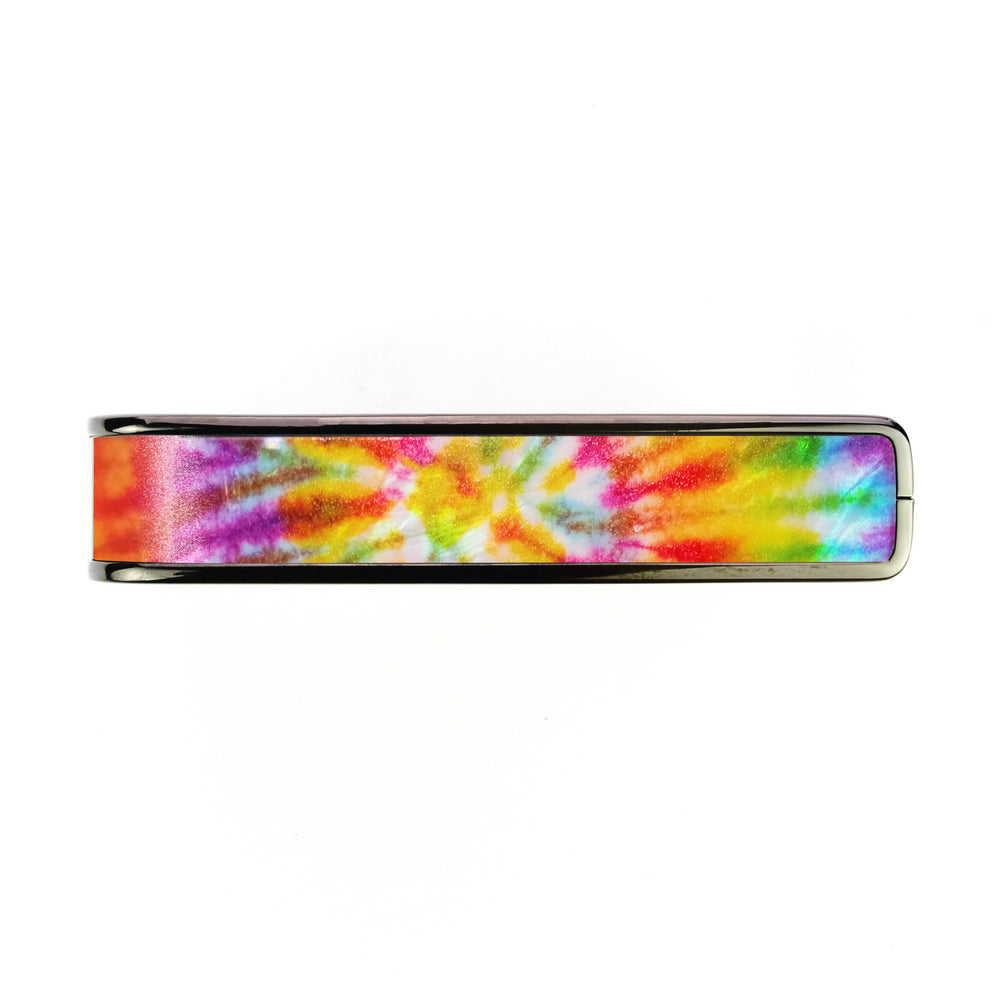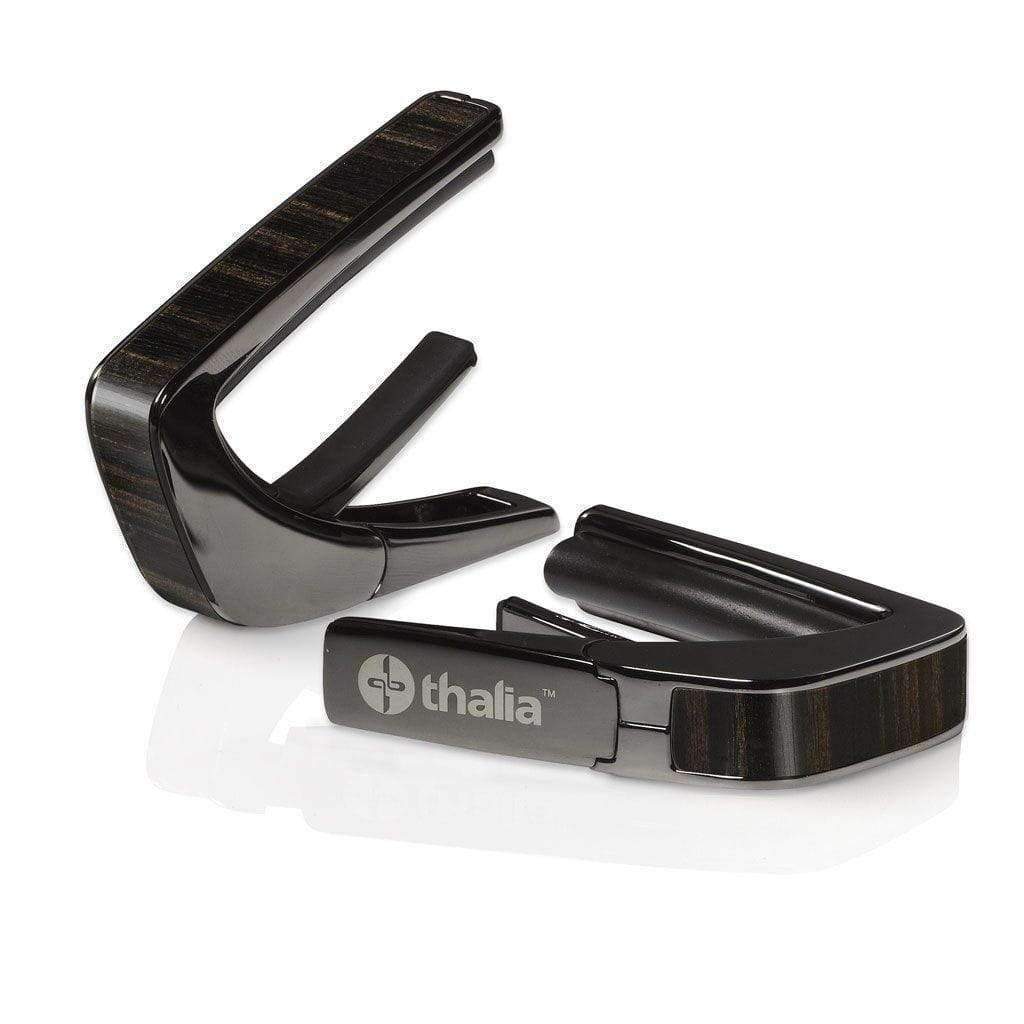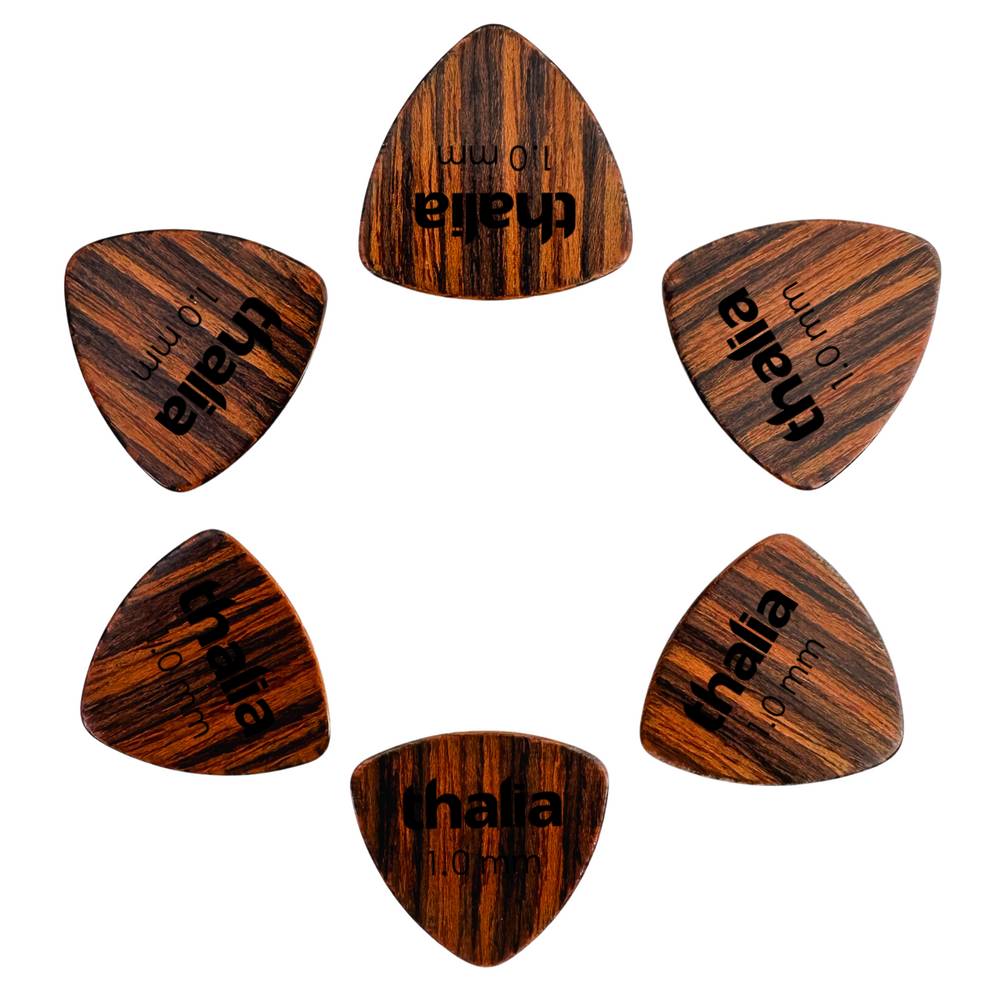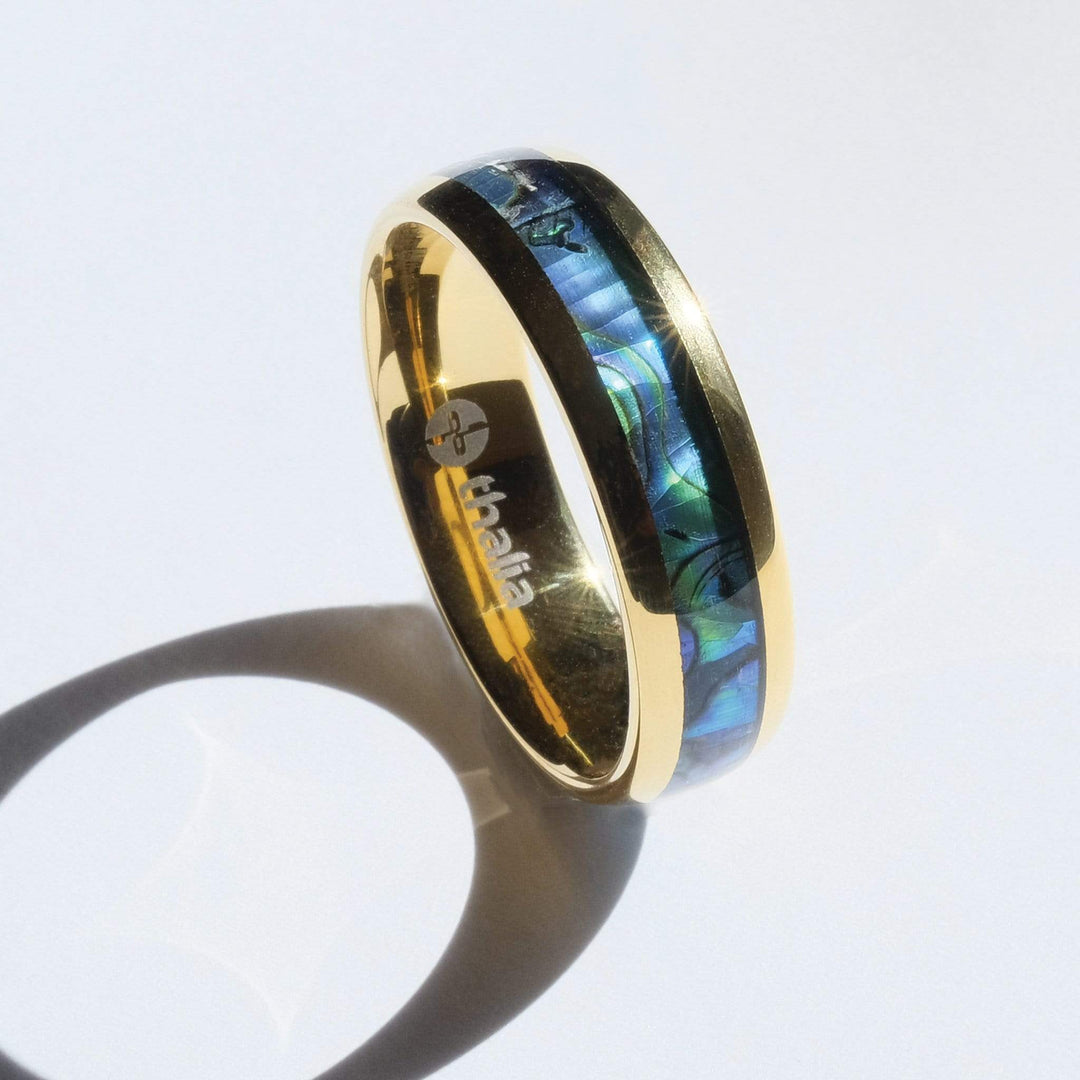What Is a Capo?
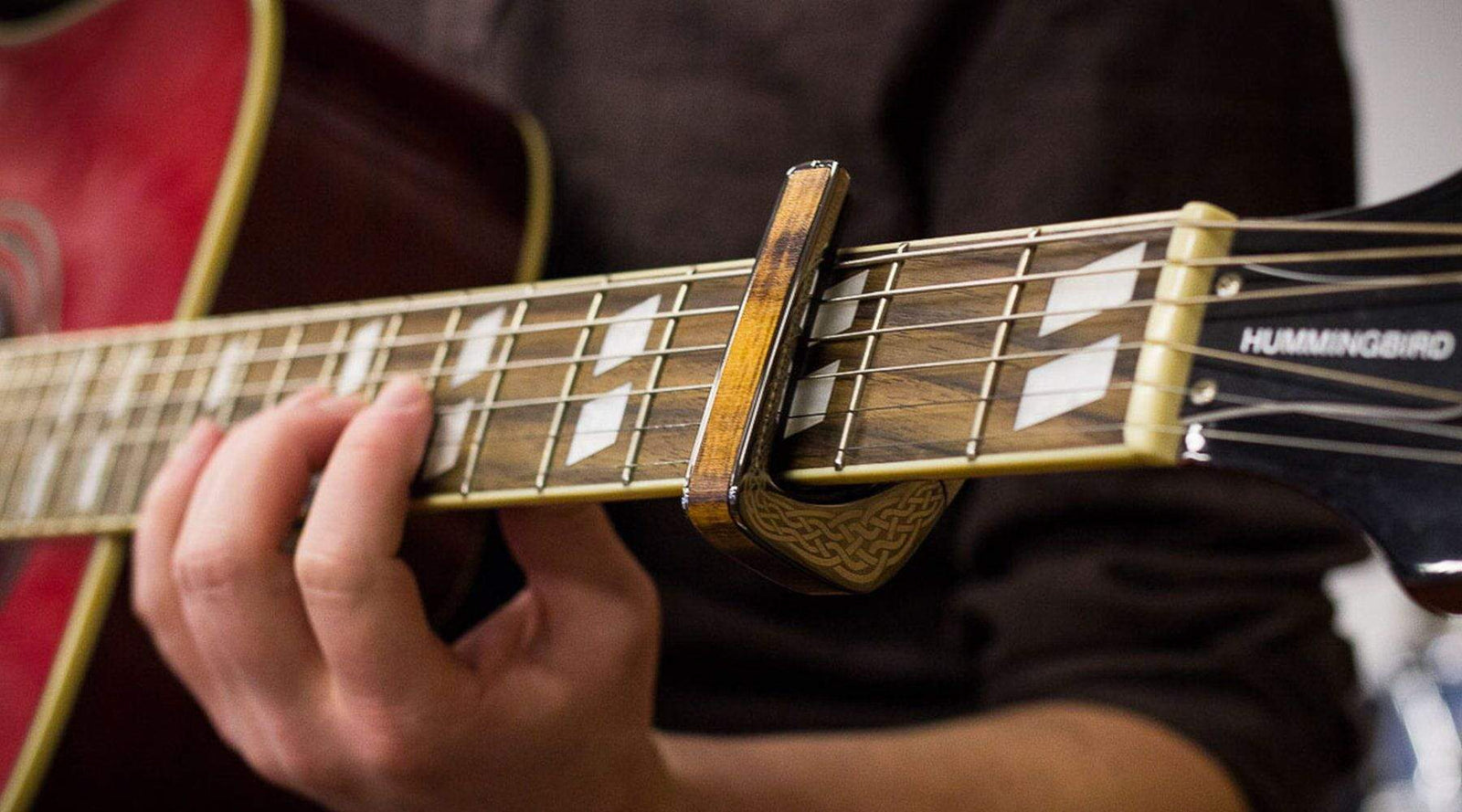
You might not know what a capo looks like, but you’ve almost certainly heard one being used.
 They’ve long been the secret weapon of many a guitar hero. Keith Richards, George Harrison, Jimmy Page, Bruce Springsteen and Tom Petty have all kept one in their gig bag at one time or another, and used them on many a classic song.
They’ve long been the secret weapon of many a guitar hero. Keith Richards, George Harrison, Jimmy Page, Bruce Springsteen and Tom Petty have all kept one in their gig bag at one time or another, and used them on many a classic song.
Every guitarist should keep a capo handy. They’re amazingly powerful tools for unlocking your fretboard, and will help you take your guitar playing in new directions.
Today we’re going to get into the specifics of what a capo is, how it works, and what it can bring to your guitar playing.
What does a capo do?
 A capo is a small device that clamps onto the neck of your guitar, shortening the length of the strings and raising the instrument’s pitch.
A capo is a small device that clamps onto the neck of your guitar, shortening the length of the strings and raising the instrument’s pitch.
The further up the neck you move the capo, the higher you raise the pitch of the instrument.
Using a capo allows you to play a song in different keys while still using common, open string-chord forms. In effect, it unlocks plenty of chordal possibilities on your stringed instrument without you having to learn an encyclopedia’s worth of complex chord shapes.
How does it work?
Pick up your guitar. Below the headstock and above the neck, you’ll notice a thin strip of plastic, metal or bone, which the strings pass over. That’s your guitar’s nut. The nut is the point at which a guitar string’s vibrating length terminates and it’s this, in combination with the scale length of your guitar and tuning keys, which determines the instrument’s pitch.
 A capo works like a moveable guitar nut. When you affix it to a fret below the neck joint, it provides the same kind of vibration termination that the guitar nut provides. Therefore, the capo effectively functions in addition to the guitar nut, allowing you to raise the pitch of open strings without adjusting the tuning keys.
A capo works like a moveable guitar nut. When you affix it to a fret below the neck joint, it provides the same kind of vibration termination that the guitar nut provides. Therefore, the capo effectively functions in addition to the guitar nut, allowing you to raise the pitch of open strings without adjusting the tuning keys.
What can it bring to your playing?
we’ve already hinted at, one of the main advantages to a capo is that it opens up your fretboard, allowing you to play lots of songs without having to learn complicated new chord shapes. It’s also very handy if you’re a singer and need to adjust the key of songs to fit the range of your voice.
But capos aren’t just about making life easier for chord strumming. They also impart particular tonal qualities.
In part, this is because first-position, open-string chord forms are more resonant than the barre chords that you’d have to use without a capo.
But capos also change the timbre of the strings, imparting a tonal quality of a shorter scale instrument such as a mandolin. It’s a striking effect, and one that can be used to impart a unique mood and feel onto a given song. (If you want to know more about the ways a capo can unlock your guitar playing, check out our blog post on the subject.
Small, but mighty, the capo is a seriously useful accessory for any guitarist looking to take their playing in new directions. Oh, and if you’re in the market, why not take a look at our range of capos today?








